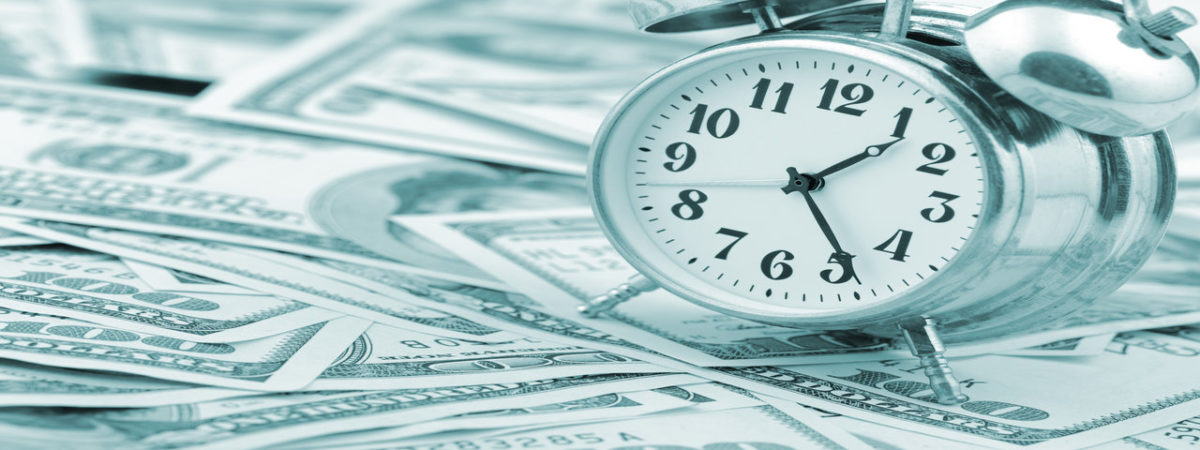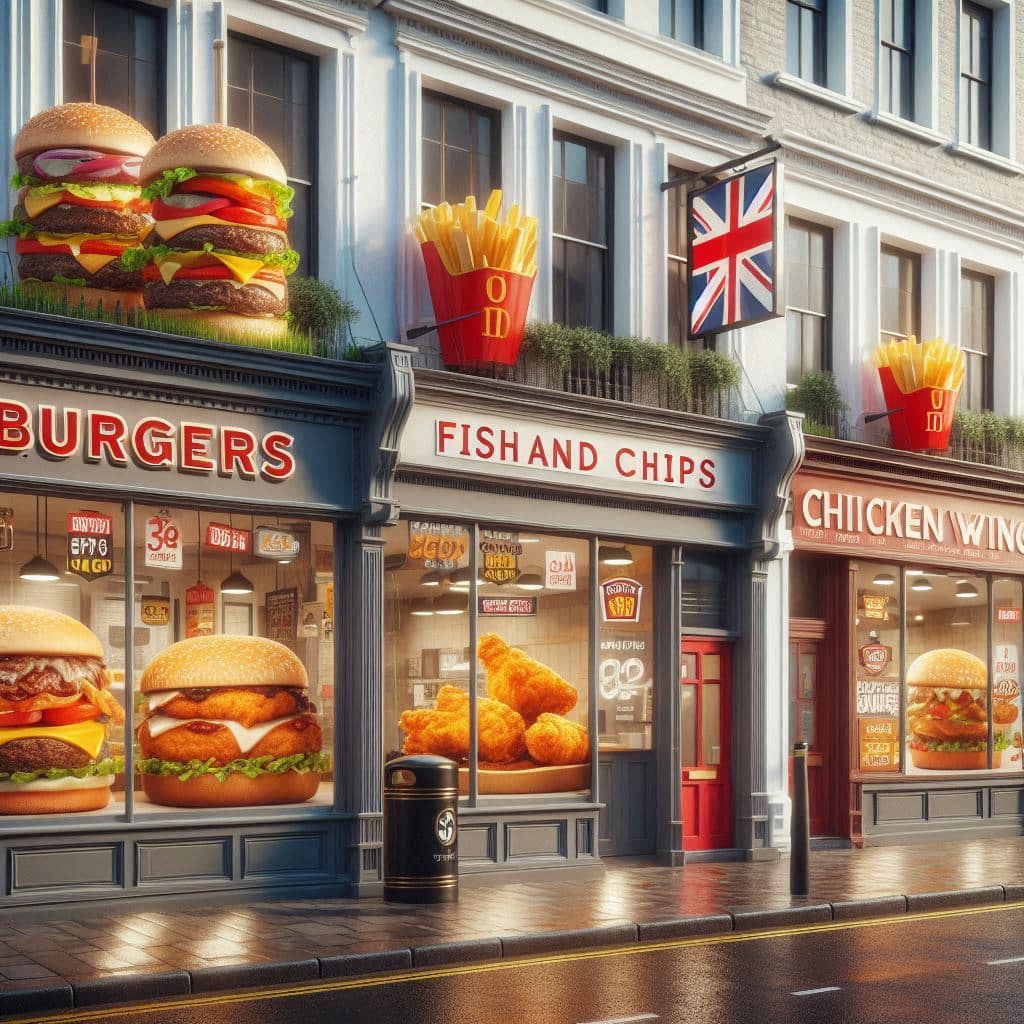Obama’s folly: high-speed rail in America
SUGGESTED



Here in Britain, there is strong support for a £34 billion route from London to Scotland. Even the Conservative Party supports high-speed rail as an alternative to airport expansion.
This is economic madness when the UK faces its worst-ever peacetime fiscal crisis. Given the history of big government projects, the final cost could end up being closer to £40 billion or perhaps even more. One should also factor in the “deadweight” losses produced by the higher taxation needed to fund such a scheme, as well as the cost of the operating subsidies once the line opens. And all this expenditure would be focused on about one per cent of the UK’s passenger traffic, making the proposed scheme extremely poor value for money.
If high-speed rail makes no sense in Britain, then the economic case is even weaker in the United States. American cities tend to have low population densities and in most cases there are very long distances between them, making rail a highly unsuitable mode of passenger transport. Accordingly, Amtrak, which operates inter-city services, has required substantial ongoing government aid since its formation in 1971.
The fact that high-speed rail in America is not economically viable is implicitly recognised by its inclusion in President Obama’s mammoth Recovery and Reinvestment Act. The costs of construction and operation clearly cannot be covered by passenger fares. Instead, general taxpayers must bear the burden, starting with an $8 billion government down payment.
Accordingly, it seems highly likely that Obama’s support for high-speed rail is based on “pork-barrel” politics and rent-seeking behaviour rather than any genuine economic rationale. Concentrated interests such as local politicians and transport bureaucrats may gain a great deal from high-status grand-projets – at the very least they visibly demonstrate to voters success at obtaining resources from the Federal Government. The victims of government largesse, taxpayers, as a dispersed and fragmented interest group, find it almost impossible to organise in opposition.
13 thoughts on “Obama’s folly: high-speed rail in America”
Comments are closed.





A fairly recent study of 258 transport projects in twenty countries found that actual costs averaged about 45 per cent higher than estimates for rail projects (and also found that cost overruns have not decreased in the last seventy years. (References on page 204 of ‘They Meant Well: government project disasters’.)
That suggests that if the British project, ‘estimated’ to cost £34 billion, is subject to an ‘average’ cost overrun, it may end up costing £50 billion.
What margin of error in their estimates do the decision-makers envisage? How much do they think such a high-speed rail project is ‘worth’? What else could be done with the money? These are difficult but necessary questions.
A fairly recent study of 258 transport projects in twenty countries found that actual costs averaged about 45 per cent higher than estimates for rail projects (and also found that cost overruns have not decreased in the last seventy years. (References on page 204 of ‘They Meant Well: government project disasters’.)
That suggests that if the British project, ‘estimated’ to cost £34 billion, is subject to an ‘average’ cost overrun, it may end up costing £50 billion.
What margin of error in their estimates do the decision-makers envisage? How much do they think such a high-speed rail project is ‘worth’? What else could be done with the money? These are difficult but necessary questions.
In September 2008, the Conservatives’ proposal for a high-speed line was costed at £20 billion. Just a year later, the latest estimate (for a less ambitious route) is £34 billion. This is a very bad sign, though, on a brighter note, the larger figures may deter the government from going ahead.
In September 2008, the Conservatives’ proposal for a high-speed line was costed at £20 billion. Just a year later, the latest estimate (for a less ambitious route) is £34 billion. This is a very bad sign, though, on a brighter note, the larger figures may deter the government from going ahead.
They are truly nuts. The cost per passenger per mile (in terms of £ or in terms of CO2) is broadly the same for railway, air and car. It is all a question of speed and convenience.
So the Americans are well served with their network of airports. Where rail comes into its own is in fairly densely populated areas, so the South East and North West of England (or Japan) have good rail networks.
Quite whether flying or high speed rail is the optimum for medium distance travel like London to Manchester or London to Glasgow, I do not know.
They are truly nuts. The cost per passenger per mile (in terms of £ or in terms of CO2) is broadly the same for railway, air and car. It is all a question of speed and convenience.
So the Americans are well served with their network of airports. Where rail comes into its own is in fairly densely populated areas, so the South East and North West of England (or Japan) have good rail networks.
Quite whether flying or high speed rail is the optimum for medium distance travel like London to Manchester or London to Glasgow, I do not know.
Mark – the cost per passenger mile to the taxpayer is surely the main problem with high-speed rail. Air capacity can be expanded through private investment, while road schemes can be funded with toll revenues given a level playing field.
Unless people are travelling city centre to city centre, the car is often the optimum mode for trips such as London to Manchester.
Mark – the cost per passenger mile to the taxpayer is surely the main problem with high-speed rail. Air capacity can be expanded through private investment, while road schemes can be funded with toll revenues given a level playing field.
Unless people are travelling city centre to city centre, the car is often the optimum mode for trips such as London to Manchester.
Richard, those are further good points.
As to the car/rail question, on the whole if we leave people to make their own decisions, they will usually make the right ones. (As a general rule, for one person train is a bit cheaper but for two or more, car is cheaper. But some people enjoy driving, and some people enjoy taking the train.)
Richard, those are further good points.
As to the car/rail question, on the whole if we leave people to make their own decisions, they will usually make the right ones. (As a general rule, for one person train is a bit cheaper but for two or more, car is cheaper. But some people enjoy driving, and some people enjoy taking the train.)
“Air capacity can be expanded through private investment”
oh really? and which company do you envisage taking this on? debt laden BAA? i think not!
“Air capacity can be expanded through private investment”
oh really? and which company do you envisage taking this on? debt laden BAA? i think not!
Almost exactly 200 years ago, people were calling Gov Dewitt Clinton’s proposed Eirie Canal a folly. However, as he predicted, after the Canal was built, it allowed America and New York State, to become the largest economic power….surpasing the UK. The high speed rail system should be viewed in the same manner. What we really need is the Trans Global Highway (www.TransGlobalHighway.com)